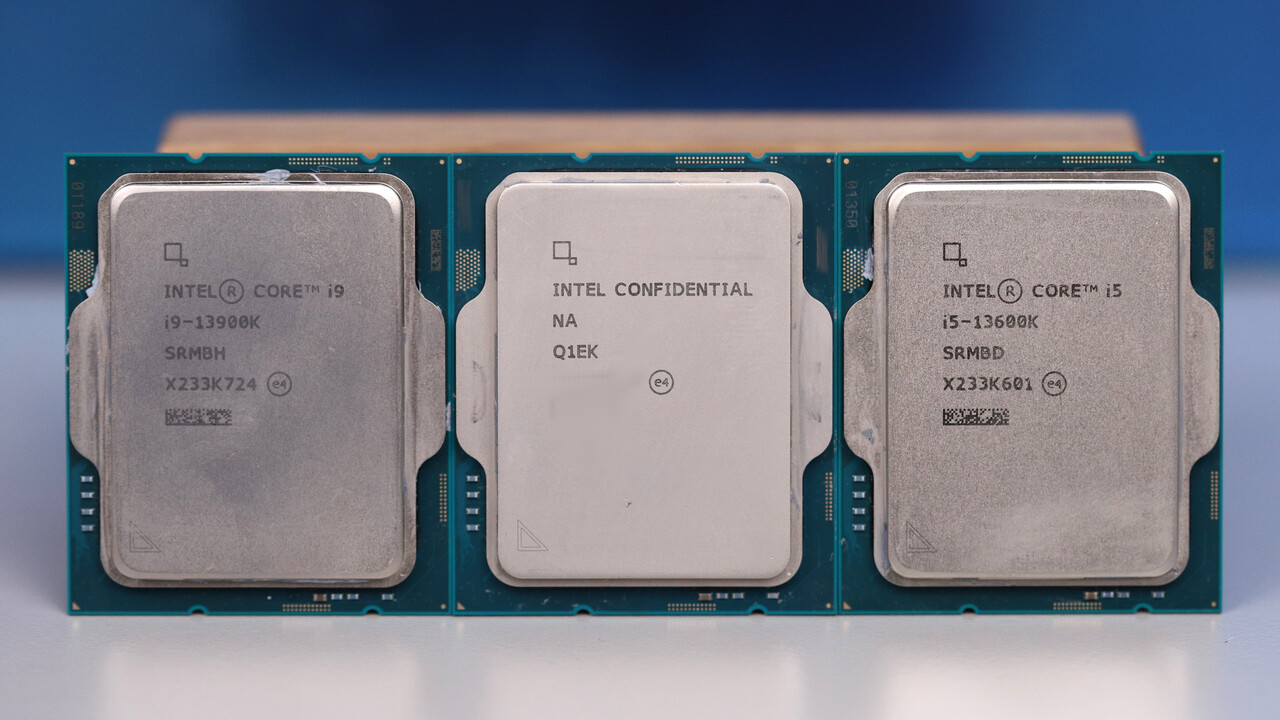Phoronix: AMD CPU Use By Linux Gamers At ~70%, AMD openSIL, & AMD Laptops Topped 2023
As part of the various end-of-year Phoronix articles, here's a look back at the most popular AMD Linux/open-source news stories and reviews of 2023...
As part of the various end-of-year Phoronix articles, here's a look back at the most popular AMD Linux/open-source news stories and reviews of 2023...




Comment